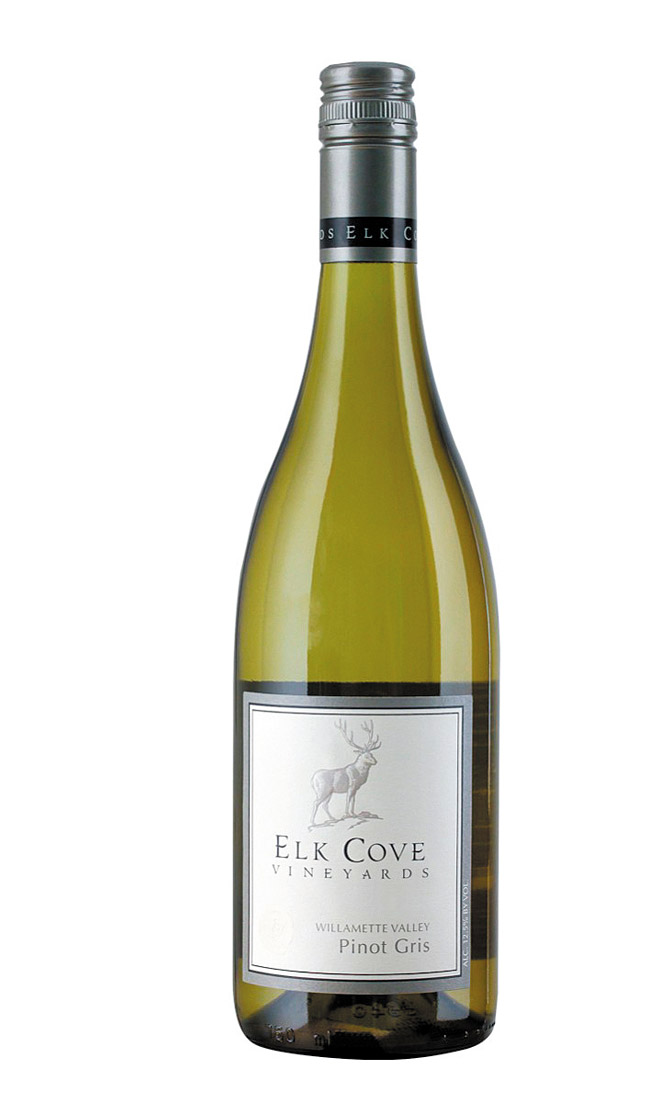The Best Tools For Opening Up A Bottle
There are as many varieties of wine openers as Imelda Marcos has shoes. Each new producer of them has its own spin on how to get the cork out of the bottle. It can be as simple as a swirled piece of metal attached to a plastic handle, or as inventive as a syringe attached to a CO2 cartridge.
Where do I begin? I am a practical man who likes simplicity. I think any wine opener should be able to cut the capsule of the bottle and extract the cork with relative ease. It should be portable, which may sound basic and obvious, but there are plenty of wine openers — some very expensive — that are not.
Take the wine opener named after Thumper from the classic movie Bambi. It is a very pretty and ingenious design, but it has a separate capsule cutter that often gets lost and becomes dull after overuse (in my line of work, my wine openers get used a lot!).
The same could be said of the tabletop models of the Screwpull. It has a separate capsule opener, and even the ones that are attached to the unit on the more portable models are a bit clumsy when opening wines with some urgency or speed. Even the vaunted and very expensive Durand wine opener — a combination of ah-so (the two-pronged wine extractor) and worm designed especially to remove older corks — does not come with its own capsule cutter. You’d think, for about $300, it would be included.
These wine openers have their faults, but for opening older and more brittle corks, the Screwpull and Durand are probably the best. The Screwpull is the gentlest tool for extracting completely soaked-through corks. The ah-so does well also, as long as you know how to use it and don’t accidentally push the cork into the bottle.
The Durand combines both. The only thing is that, with all that metal being inserted into and around the cork, if it is already deteriorated enough, the Durand will simply shred it up even more. That being said, these three are still what I use for those old (25 years-plus) bottles.
There also are wine openers that look more like they should be in a doctor’s office. These are “Cork Pops” — syringes attached to a CO2 cartridge. You inject your patient (wine bottle) through the cork and then press the CO2 cartridge from the top, inserting air into the bottle, which pushes the cork out. I have not tried this with older bottles, as my experience with these is that a little too much pressure can really “pop” the cork out of the bottle with some haste. I even managed to spray wine out of the bottle once when I pushed too hard on the button! Fun, but a bit dangerous if you’ve already had a few glasses.
And now we don’t have to open the bottle to drink its contents. Coravin is this wonderful new technology that uses a special needle to extract the wine. It also fills the space left with inert Argon gas, thus not exposing the wine to any oxygen and leaving it virtually the same as it was before being accessed. I have not had any personal long-term use with the Coravin system yet, but it comes highly recommended by wine professionals as a tool to pour yourself a glass of wine without opening the bottle. Sounds great to me!
My all-time favorite wine opener is the simple waiter’s corkscrew. There are different designs here, too. Some have a talon-looking knife, flat blades, different length flanges or worms (the swirly part that goes into the cork). The material it is made from can be quite elaborate as well, from previously used oak barrels or rosewood, to mother-of-pearl or bone, and even semiprecious stone. Chateau Laguiole might be the most famous producer of artisan corkscrews and they are beautiful indeed, some even collector’s items.
But for everyday use, I love a simpler opener for practicality and speed. It is called The Winner Waiter’s Corkscrew. It has the most efficient design for my hands, with an extra-long flange for longer corks and a shorter Teflon-coated worm for speed. In fact, I am pretty sure I have turned on some other Master Sommeliers to this wine key.
Recommendation: 2013 Elk Cove Pinot Gris ($16)
Sprightly and vibrant aromas leap from the glass, including citrus, peach and floral notes. It is medium- to light-bodied, with an ever-so pleasing and refreshing character. It is tremendously versatile with anything from the sea and salads, too. A grilled shrimp salad with leafy greens and citrus vinaigrette would be ideal. You can find this at Fujioka’s Wine Times.
Roberto Viernes is a master sommelier.
rviernes@southernwine.com
Twitter: @Pinotpusher






